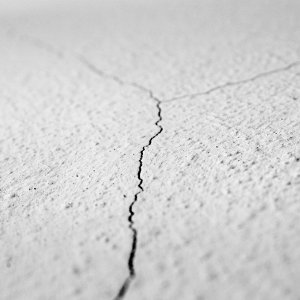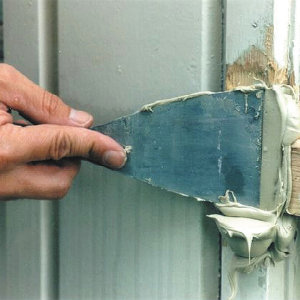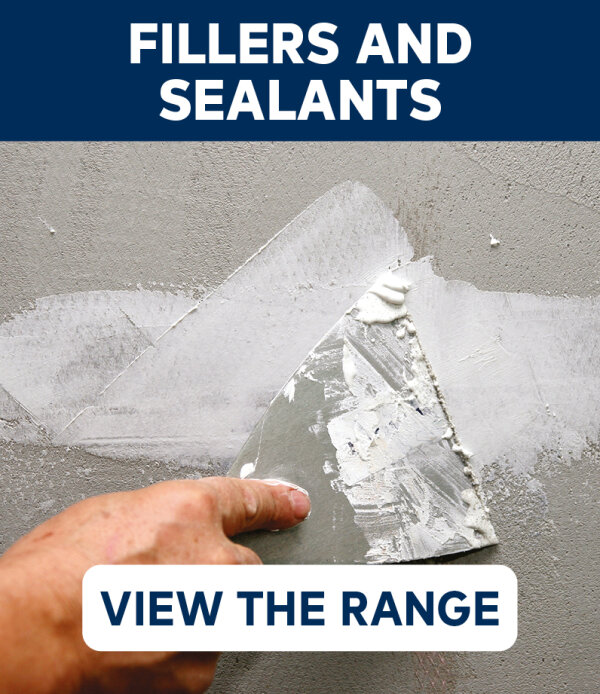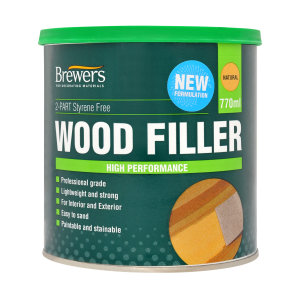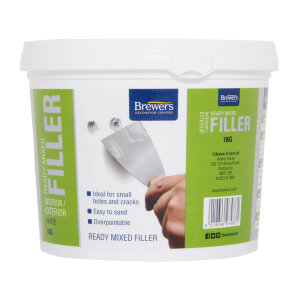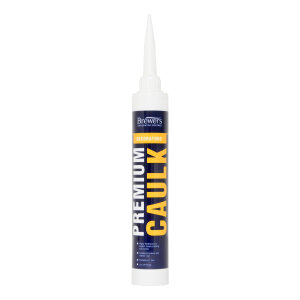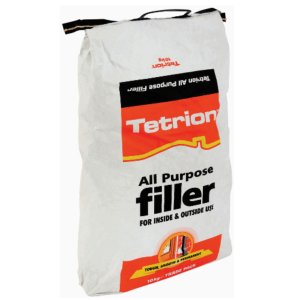Choosing the right filler

June 12th, 2020
Surface damage and imperfections can happen anywhere and in any substrate. Repairing this damage can seem a simple case of filling the hole and then redecorating. However with such a variety of fillers available to the professional painter and decorator, choosing the right product can be daunting!
Powder Fillers:
Mixed with water, powder fillers are often a cheaper option over other forms of filler and there are many options for both internal and external jobs.
Lightweight Fillers:
Ready-mixed lightweight fillers are very convenient and can be used for small to medium-size cracks and holes. Spreads easily, paintable and won't shrink or crack. Sanding may not be required.
Ready Mixed Fillers:
Very convenient, they are a quick and easy solution and are very easy to apply and spread. Ideal for multi surfaces, for filling in small gaps and cracks.
Specially formulated fillers can have extra benefits such as being waterproof and quick drying.
Caulk:
Generally made of flexible acrylic, mastic caulk has a smooth plastic type texture. Best used for filling gaps between skirting boards, doorframes or the edges of shelves and the wall. Lines of caulk can be prone to cracking if applied in the wrong conditions. Always follow manufacturer’s advice on application, drying and painting over caulk.
Wood Fillers:
There are two types of wood filler: Ready mixed and two part fillers (a mix of filler and chemical hardener). These come in a number of wood colours to make them inconspicuous but some are also stainable once applied. Two part fillers should be used in a ventilated area due to their strong odour. Two part fillers will set very quickly and the hard finish can be sanded smooth in far less time than their ready mixed counter-part.
High performance wood fillers can provide a dramatic solution for degraded sections of wooden features such as window frames and sills. Using the right tools, high performance fillers can rebuild rotten wood and fill deep holes, restoring them back to their former glory.
Some Wood fillers are also known as ‘wood putty’, ‘grain filler’ and ‘plastic wood’, and are often composed of wood dust combined with binder which dries as well as, in some cases, giving colour to imitate specific wood types.
Have you got everything you need for a perfect finish? Sand paper, filling knife, dust sheets, caulk gun and scraper?
In
all of the above mentioned filler types you will find products specifically for
interior and exterior use. There are also specially formulated fillers
for specific substrates and to meet particular demands such as being
waterproof, quickly paintable, easily sandable, quick drying or able to be
nailed or screwed following application.
Simply contact your local Brewers branch to discuss the right filler for your job.
Join the Brewers community for more product guidance and advice on Twitter and Facebook.
Brewers Decorator Centres have a stunning variety of filler types to suit the needs of the job.




